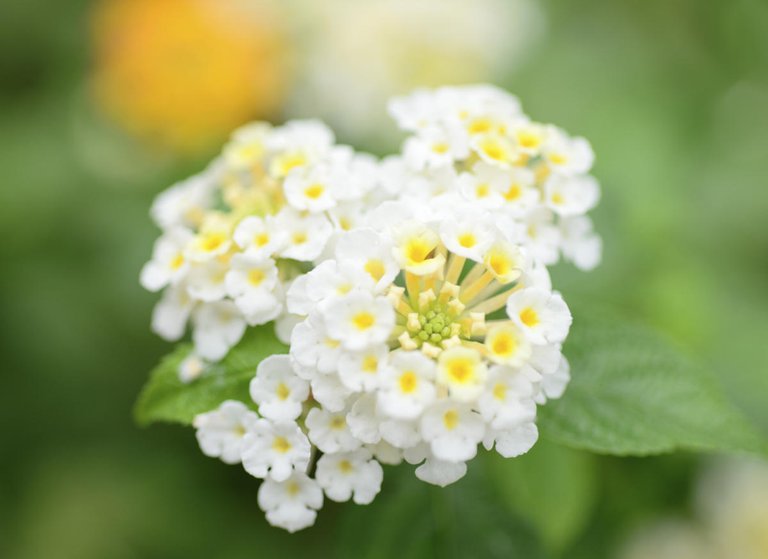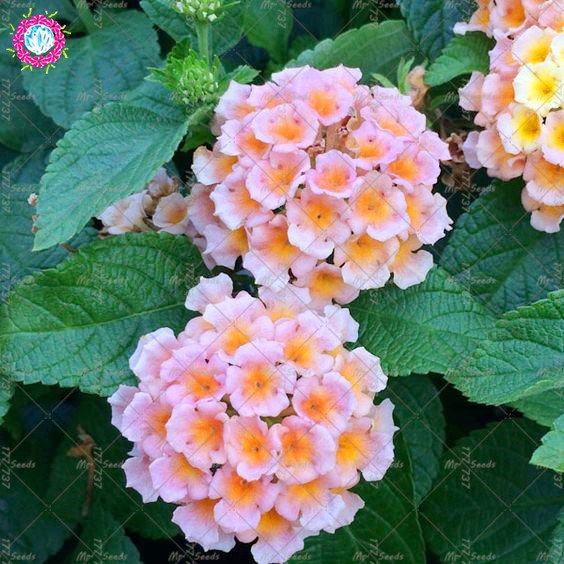
The lantana plant is one of the most popular annuals used in gardens. They are favored because their blooms are long-lasting, they are easy to grow, and they thrive in most soil conditions. Deadheading is carried out to encourage continuous blooming and to prevent the growth of the berries. Some of the cultivated varieties (cultivars) of this plant grow to as much as 5 - 6 ft in height, forming large, bushy mounds, while others stay low and spread, reaching up to 4 ft in width, but only 1 - 2 ft in height.


Lantana is a genus consisting of more than 150 species of flowering plants in the Verbena family. The clusters of flowers borne by the lantana plants, called umbels, are a mix of red, orange, yellow, or blue and white florets. The flowers typically change color as they mature, resulting in a multicolored inflorescence. The flowers mature into toxic berries, which start off as green and turn black as they mature.


Growing and Caring for a Lantana
- Lantana are fast-growing, evergreen shrubs. These plants grow well in most soil conditions, but they prefer slightly acidic soil.
- They do well in hot climate and do not need much watering. Moist, fertile, and well-drained soil are the best choices for them.
- Seeds should be sown in the spring, but it can also grow well from semi-ripe cuttings in summer.
- A balanced liquid fertilizer should be sprayed once a month during the growing period.
- Deadhead the plant as and when required. Indoor-grown varieties require extensive pruning in late winter.